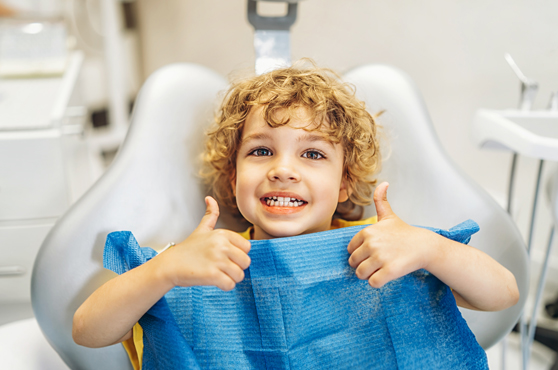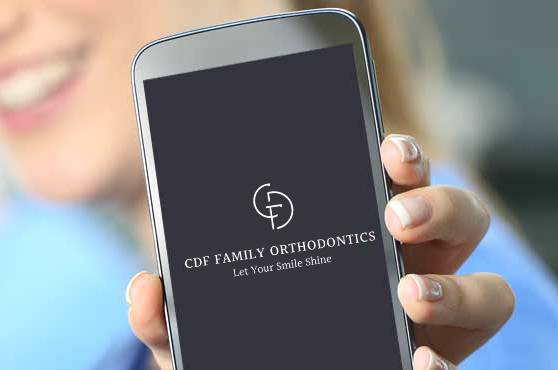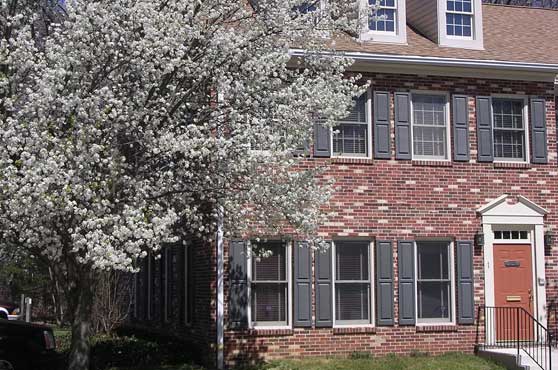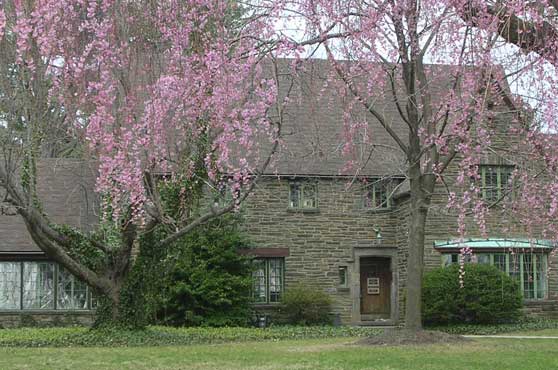Early Treatment/ Two Phased Approach to Orthodontic Treatment
One very common question both doctors get asked frequently by their friends, neighbors and fellow parents-”What is up with young kids in orthodontic appliances???”
The answer is that for some children, with specific orthodontic issues, we know starting at a younger age allows us to have better control over specific orthodontic problems. Beginning treatment at a younger age provides a greater ability to help eliminate habits such as thumb sucking or tongue thrusts. We can modify and redirect unfavorable skeletal growth and also can work to make room for permanent teeth that are blocked out by crowding (greatly reducing the need for permanent teeth to be extracted). We are also able to correct bites that are creating harm such as gingival recession or trauma to permanent teeth, This allows us to achieve healthy, stable and esthetic results for children with these specific problems.
It is recommended by the American Association of Orthodontics to bring your child for their first orthodontic visit at age 7. This allows the doctors to meet and get to know your child and also assess for a problem that would warrant the two phased approach to treatment. As both doctors are parents themselves, they recognize there is a child attached to the teeth! They will spend time talking about the pros and cons of two phased treatment, and then also assess for when the ideal time to start would even be. Oftentimes younger children are placed on a free of charge recall to monitor growth and development.
If the doctors do recommend a two phased approach, the first phase of treatment is generally about 12-18 months. It typically involves appliances such as expanders or headgear and often partial braces. Once the precise and limited goals of phase one have been achieved, appliances are removed and the child is given a retainer they wear just to bed a night. The children often find this to be one of the most exciting aspects of the phase one treatment as they are able to design their very own retainer. After phase one is completed, the doctors will place your child on a free of charge recall schedule to monitor their growth and development and look for the ideal time to begin phase two. One of the doctors goals is to minimize how long orthodontic appliances need to be worn, so identifying the proper starting time is very important for both the start of phase one and the start of the second phase.
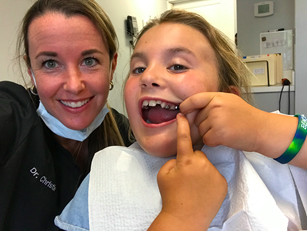
Dr Christie’s daughter Ella in her new expander-age 8 years old
